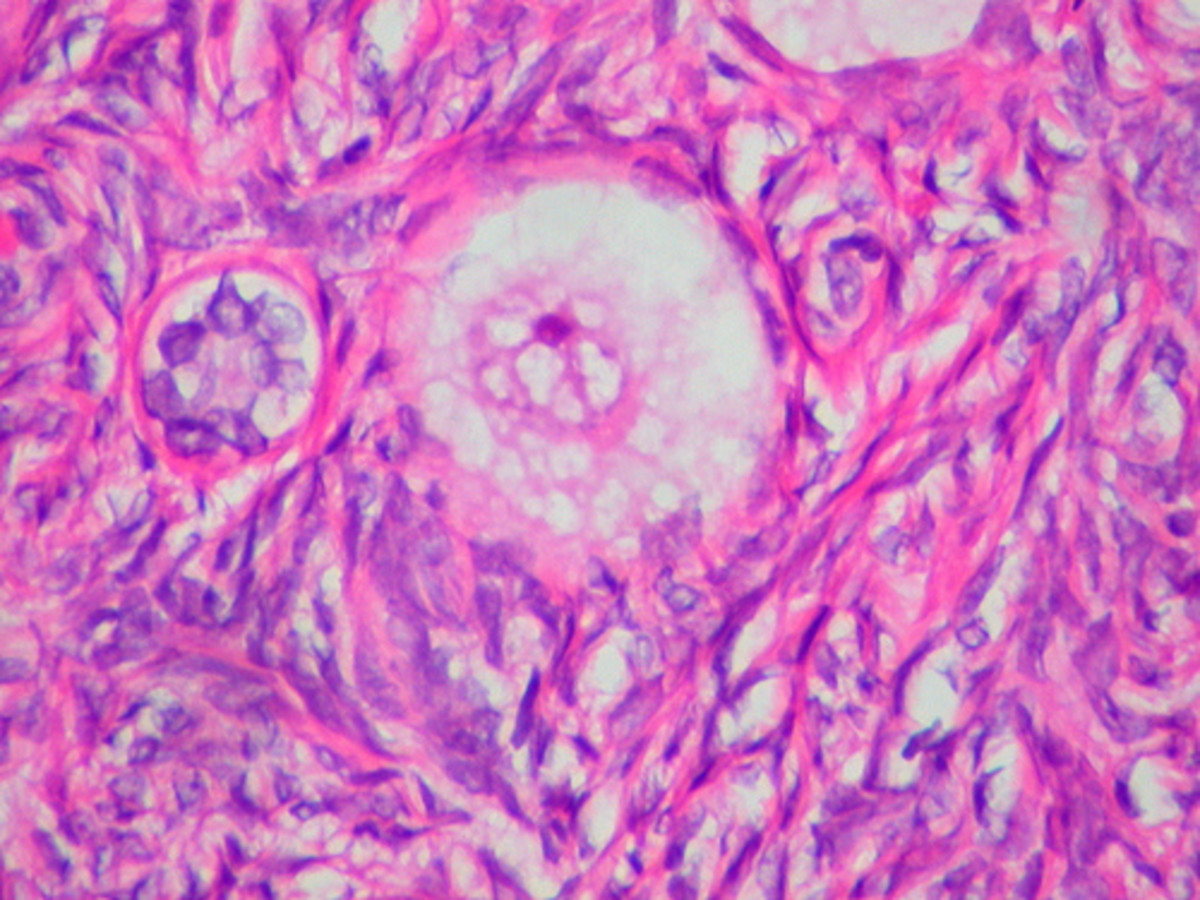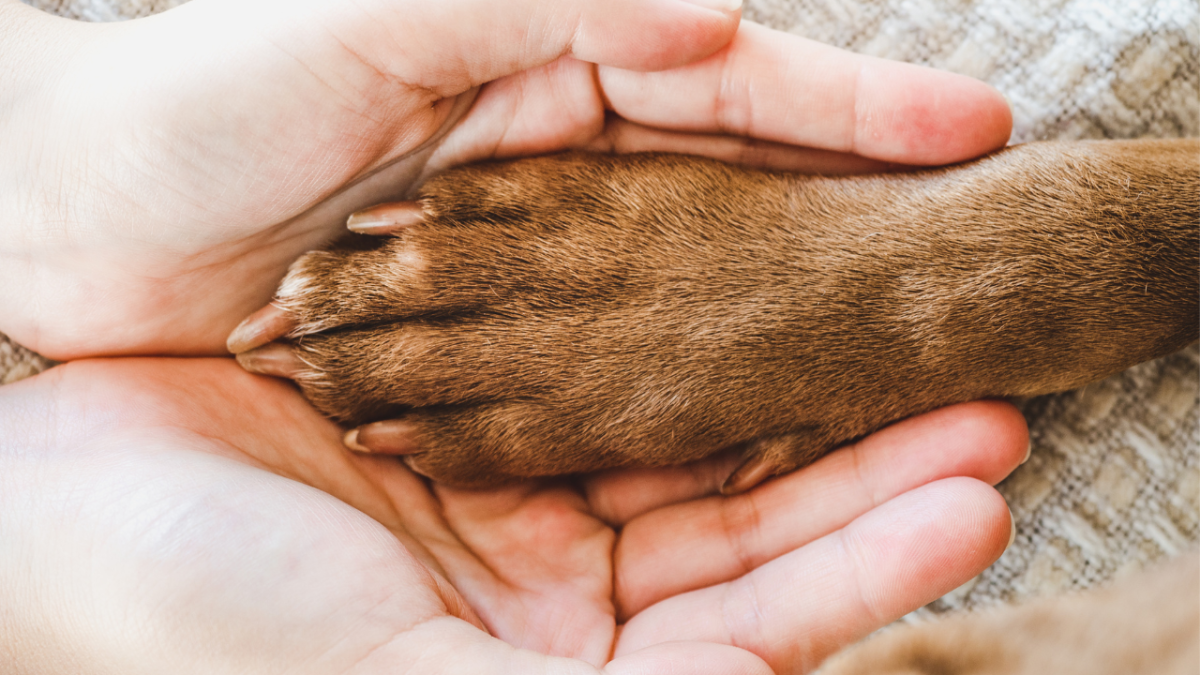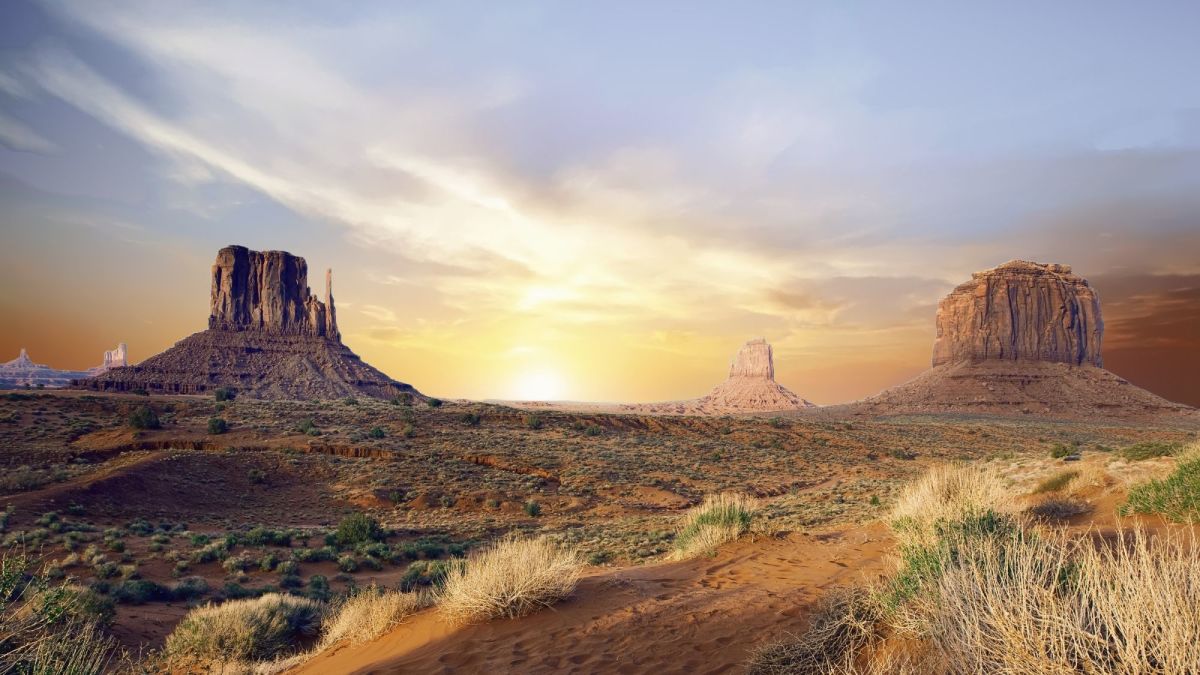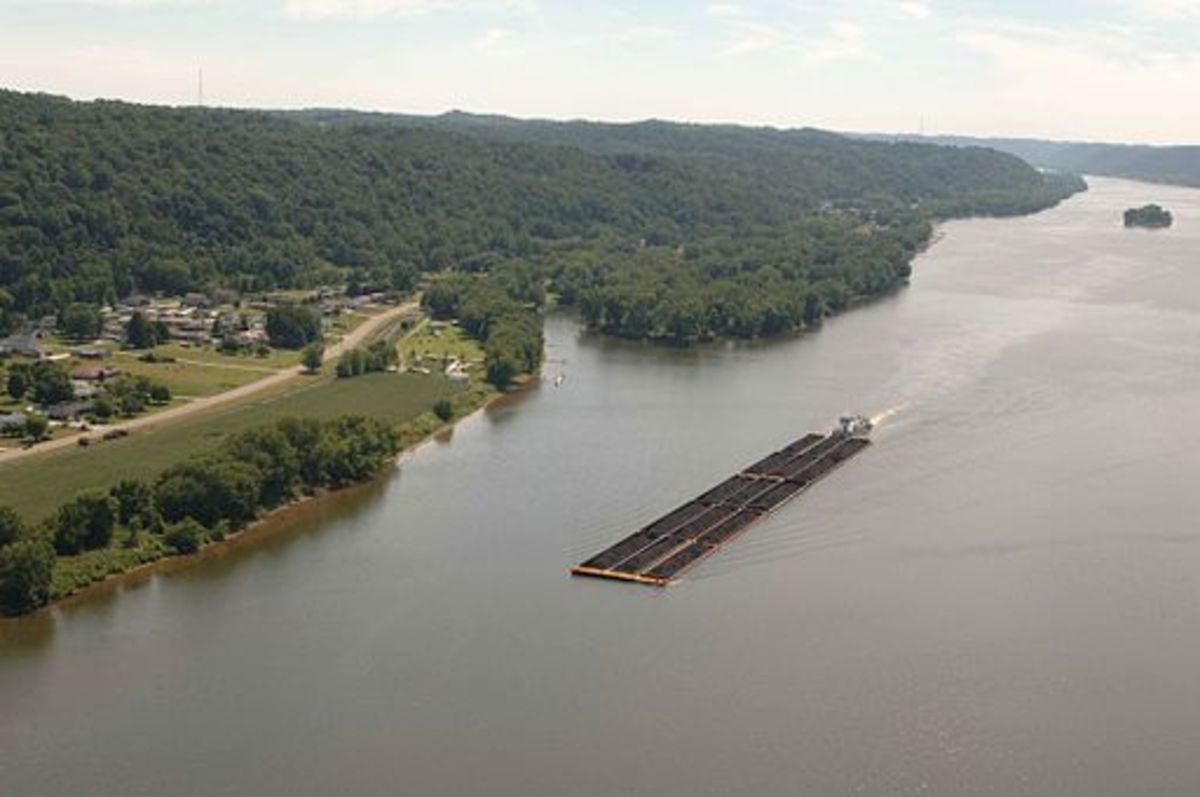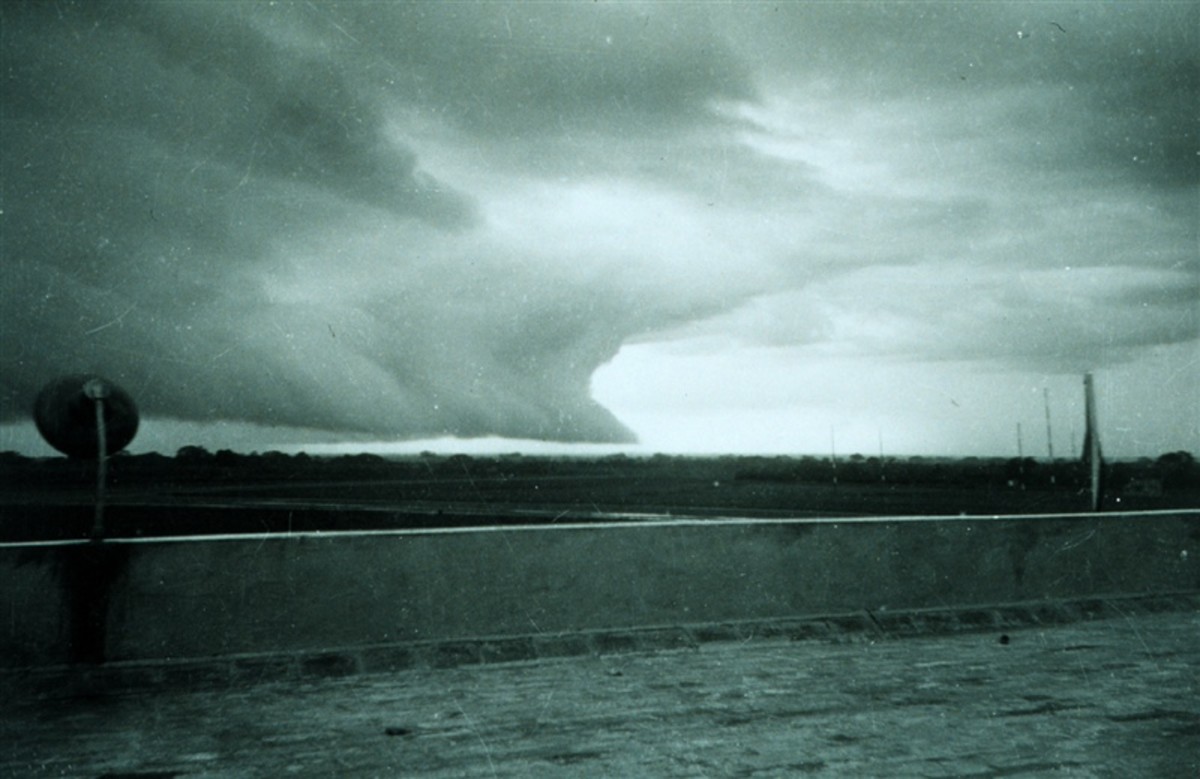The deserts & ice-lands of the world
BEETLE THAT DRINKS FOG
A southern African beetle stays alive in the rainless wilderness of the Namib Desert by drinking fog. About one day in five, thick sea mists roll inland from the desolate Skeleton Coast of Namibia, creating a 'fog zone' that sustains a surprising variety of plant and animal life, including Onymacris unguicu!aris. This flightless black beetle spends most of its time underground in the sand dunes where temperatures remain more or less constant. When thirsty. though, it emerges, climbs to the crest of a dune, faces the breeze in a prayer-like stance and allows fog to condense on its body. Droplets then trickle down narrow grooves on its shell, and into its mouth.
Contrary to popular belief. the camel does not store water in its hump. The hump is a food reserve composed mainly of fat. Although water is produced when the fat is broken down, the oxygen used in the process causes an additional loss of water through the lungs, This more or less cancels the amount of water gained from the hump. The main advantage of the hump is that the camel's fat is concentrated in a single place-allowing the camel to lose heat freely from the rest of its body. Another way in which camels conserve water is by retaining the urea which most mammals excrete in their urine.
The urea is built up into proteins by bacteria in the camel's stomach. In addition, camels avoid sweating by allowing their body temperature to vary over a greater range .than that of any other mammal. Camels do not begin to sweat until their body temperature reaches 46"C (115"F) - a temperature that would produce a high fever in a human. After a lengthy period without water, camels will drink up to 180 litres (40 gallons) at a time.
They swell visibly in the process, and dilute their blood and tissue flUidsto an extent that would kill most other mammals. Part of the explanation for the camel's prodigious drinking ability may be the unusual shape of its blood corpuscles. They are oval rather than round. When it drinks, its blood as well as its tissues can absorb large amounts of water because the oval corpuscles can swell into spheres without any danger of the cell walls bursting.
Spadefoot toads sometimes breed in temporary desert pools without sufficient food supplies for the tadpoles to develop. The toads then supply their offspring with emergency rations: other tadpoles. First the female lays a large number of small eggs that develop into small tadpoles. The microflora and fauna in the water are usually too sparse to sustain these tadpoles through their change into toads. But before the tadpoles die, the female lays about ten large eggs which hatch into large tadpoles. These feed on the smaller tadpoles and grow so rapidly that they reach maturity-and gain the ability to survive on land - before the pool dries up.
About one-tenth of the Earth's surface is permanently covered with ice, most of it in Antarctica in the south and Greenland in the north. If it all melted, the sea would rise by about 60m (200ft), submerging many of the world's largest cities, including London, Tokyo and New York. During the last Ice Age, which ended about 10,000 years ago, there was three times as much ice, locking up 90 per cent of the world's fresh water. Average sea level was about 100m (330ft) lower. leaving 8 per cent more dry land. America and Eurasia were linked and so were Ireland, Britain and France. And Venice, the lagoon city of the Adriatic, was 160km (100 miles) from the sea.
The world's most northerly people, the Polar Eskimos, live in a land of permanent ice in Thule, northwest Greenland, fewer than 1600km (1000 miles) from the North Pole. They augment their high-protein diet of walrus, fish and seal with a piquant Arctic delicacy: a type of sausage. They net little auks - small seabirds that nest in the coastal cliffs- then stuff them, feathers, legs, beaks and all, into a seal skin still lined with blubber. The sausage is then sewn up and buried under a rock pile. Six months later-usually at Christmas time-the sausage is dug up and eaten. It has a taste like oily Camembert cheese.

